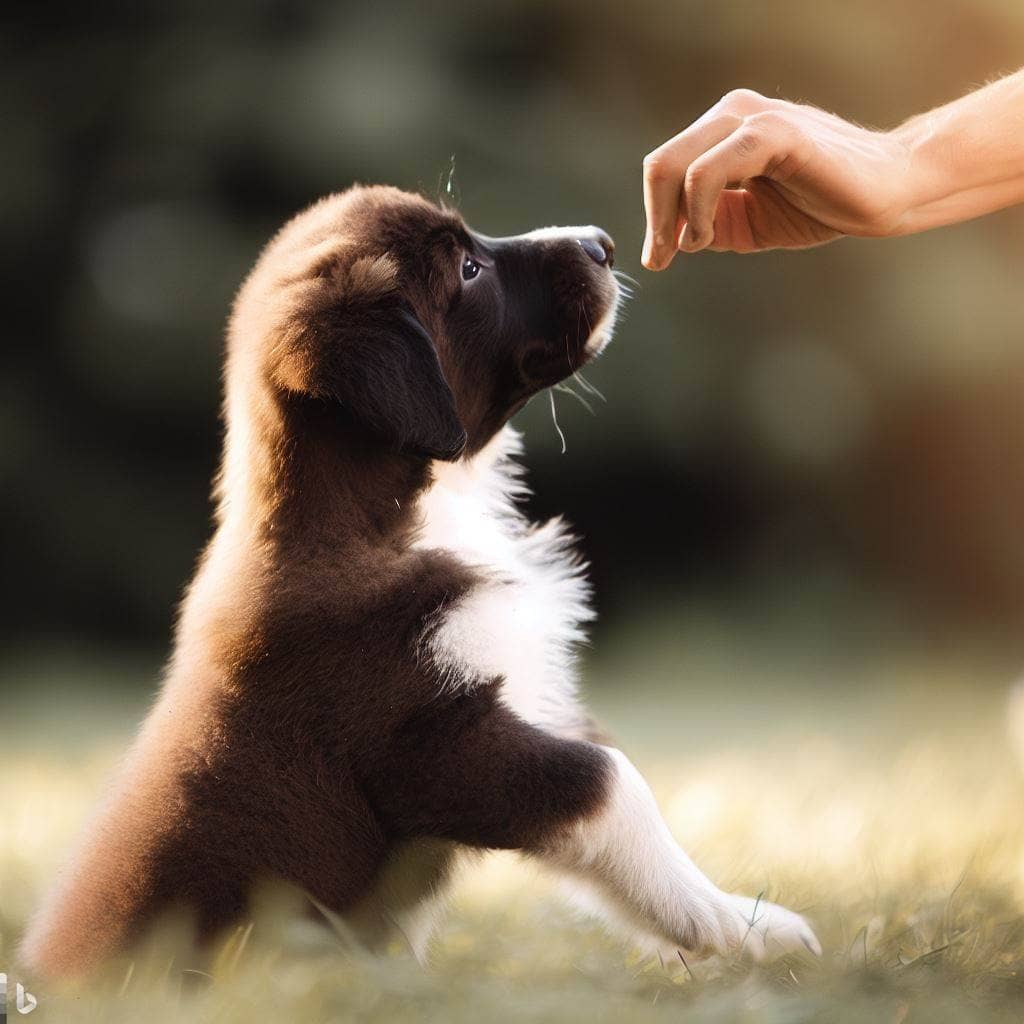Introduction:
Potty training a puppy is an essential step in owning a dog. It helps ensure that your home stays clean and odor-free, and it helps your dog feel more comfortable and confident.
However, many new puppy owners are unsure of when to start potty training their furry friend. In this article, we will discuss the signs that indicate your puppy is ready for potty training, the benefits of starting early, different potty training methods, tips for success, and common challenges and solutions.
Signs Your Puppy is Ready for Potty Training:
The first step in potty training your puppy is to determine if they are ready for it. Typically, puppies become physically and mentally ready for potty training between 12 and 16 weeks old.
However, some puppies may be ready earlier or later, depending on their breed, size, and individual development. Here are some signs that indicate your puppy is ready for potty training:
Sniffing Around:
If your puppy sniffs around the house or outside, they may be looking for a place to go potty.
Circling:
If your puppy starts circling in one spot, it may indicate that they need to go potty.
Whining or barking:
If your puppy starts whining or barking, it may be their way of signaling that they need to go outside.
Scratching at the door:
Scratching at the door: If your puppy scratches at the door or tries to escape through a window, it may be their way of telling you they need to go outside.
Benefits of Early Potty Training:
Starting potty training early has several benefits for both you and your puppy. Here are a few of them:
Fewer accidents:
Starting potty training early can help reduce the number of accidents your puppy has in the house.
Better bond with your puppy:
Potty training involves spending more time with your puppy and paying attention to their needs, which can help strengthen your bond.
Improved communication:
By paying attention to your puppy’s signals and teaching them to communicate their needs, you can improve your communication with them.
The Different Methods of Potty Training:
There are several different methods of potty training, and each has its pros and cons. Here are the three most common methods:
Crate training:
Crate training involves using a crate to confine your puppy when you are not around. Dogs instinctively avoid soiling their den, so the crate can help encourage them to hold their bladder and bowels until you take them outside.
Paper training:
Paper training involves teaching your puppy to go potty on a specific area covered with newspaper or puppy pads. This method is useful if you live in an apartment or if you are unable to take your puppy outside regularly.
Outdoor training:
Outdoor training involves taking your puppy outside regularly to go potty. This method is the most natural and most effective in the long run.
Tips for Successful Potty Training:
Regardless of the potty training method you choose, there are several tips you can follow to ensure success:
Set a consistent routine:
Dogs thrive on routine, so set a consistent schedule for feeding, playtime, and potty breaks.
Use positive reinforcement:
Praise and reward your puppy every time they go potty outside, to reinforce the behavior you want to see.
Be patient and consistent:
Potty training can take time and effort, so be patient and consistent with your training.
Common Potty Training Challenges and Solutions:
Even with the best intentions, potty training can be challenging. Here are some common challenges you may encounter and some solutions to help you overcome them:
Accidents
Accidents are an inevitable part of potty training, but they can be frustrating. If your puppy has an accident inside, don’t punish them, as it will only confuse them. Instead, clean up the mess thoroughly and calmly. Try to take your puppy outside more frequently, and keep a closer eye on them when they are inside. If accidents continue to happen, you may need to go back to basics and start the training process again.
Reluctance to go outside
Some puppies may be reluctant to go outside, especially if they are uncomfortable with their surroundings or if the weather is unpleasant. In this case, try to make going outside more appealing. Bring some treats, toys, or praise your puppy when they go outside. Gradually increase the time you spend outside, and make sure your puppy has plenty of opportunities to explore and play.
Inconsistent behavior
Potty training requires consistency, but puppies can be unpredictable. To combat this, try to stick to a routine as much as possible. Take your puppy out at the same times each day, and use consistent verbal cues, such as “go potty.” If your puppy is still inconsistent, you may need to adjust your training method or seek the help of a professional dog trainer.
Conclusion:
Potty training your puppy is an essential part of dog ownership, but it can also be challenging. By paying attention to your puppy’s signals, starting early, using positive reinforcement, and being patient and consistent, you can help your puppy learn this important skill. Remember that accidents will happen, and be prepared to adjust your training methods as needed. With time and effort, your puppy will learn to go potty outside and become a happy and healthy member of your family.
Related Posts:

